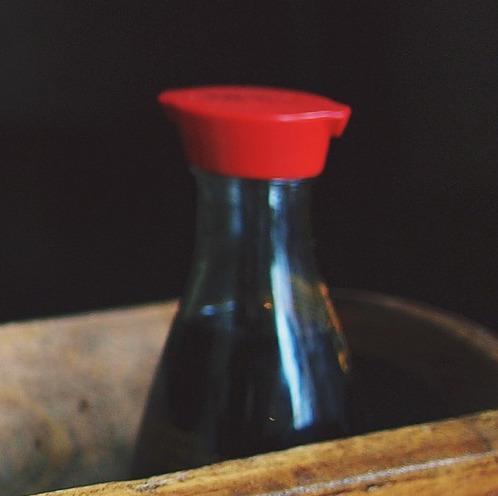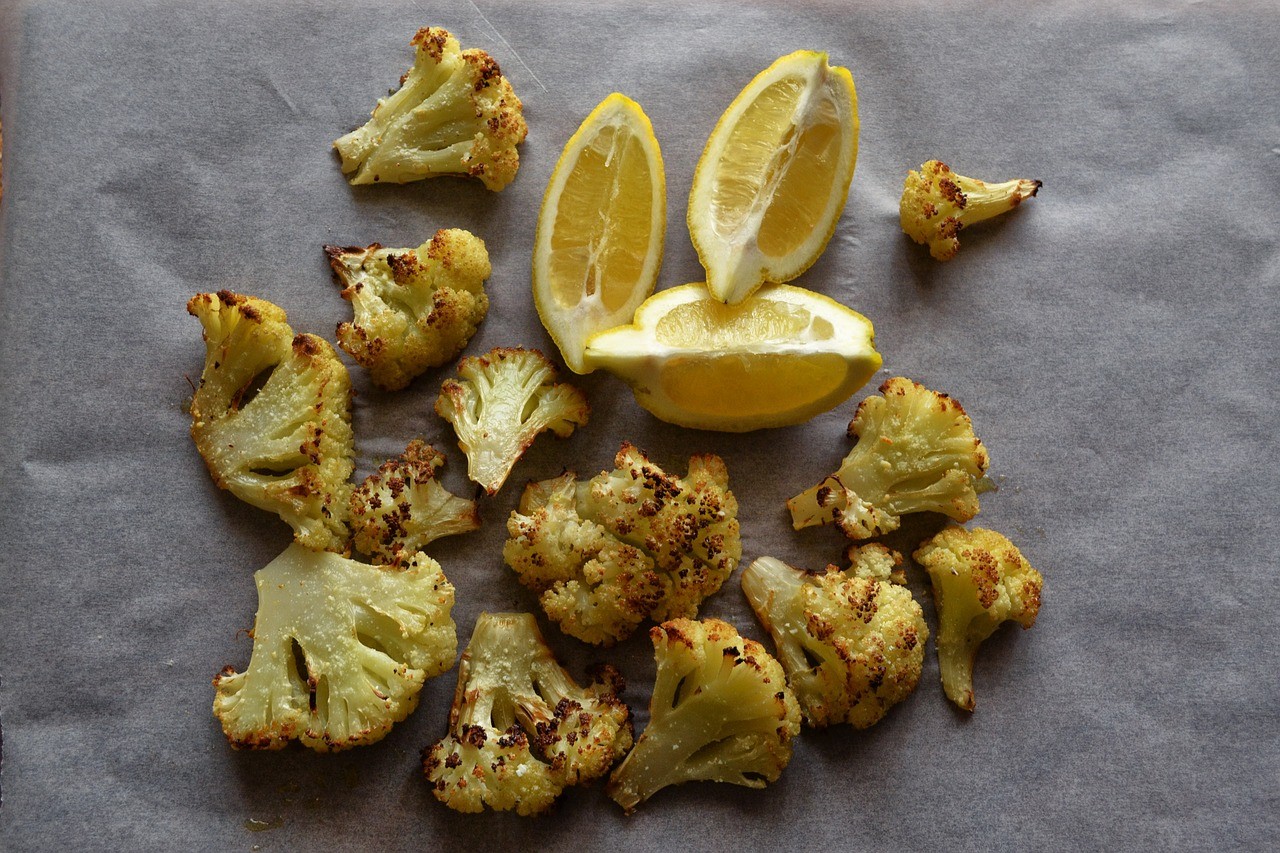
Start Early
High blood pressure can start developing in childhood, and becoming conditioned to high-salt tastes early in life can make it more difficult to cut back later. Childhood is an important time to focus on preventing the development of high blood pressure, but cutting back on salt and sodium can have a significant impact for people of all ages.
Cut Back on Prepared Foods
About 70% of the sodium Americans eat comes from processed, prepared foods such as crackers, cheese, and canned foods, and restaurant meals. [1]
Even processed foods that don’t taste “salty”—like breakfast cereal—can have surprisingly high sodium levels. Additionally, foods consumed numerous times a day, such as bread, can add up to higher sodium intake even though an individual serving is not high in sodium.

According to the Centers for Disease Control and Prevention, top sources of sodium in the American diet include breads and rolls, cold cuts and cured meats, pizza, fresh and processed chicken, soups, sandwiches, cheese, egg dishes, and packaged savory snacks. Prepared sauces, salad dressings, and gravies also tend to be high in sodium.
Choosing foods with lower sodium doesn’t mean losing flavor. Human taste buds aren’t sensitive enough to notice a minor reduction in salt of about 30%, and for many types of foods, salt reductions of up to 30% won’t taste noticeably different. This means that home cooks, professional chefs, and the food industry can make significant sodium reductions with minimal impact on flavor.
Eat Smaller Portions of Salty Foods
There’s no need to completely eliminate favorite high-sodium foods or traditional cultural cuisines such as soy sauce (China), salted pickles and fish (Japan), or salty cheese and olives (Greece, Italy). Instead, it’s best to enjoy such foods in smaller amounts.
Discover Reduced or No-Sodium Alternatives
Salt substitutes, including herbs and spices, and citrus like lemon can provide more flavor with less sodium. For example, citrus and sodium activate the same taste sensors so that less sodium can be used when they are combined. Explore your supermarket for low-sodium versions of traditional high-salt products, or experiment with new alternatives.

Sodium-free substitutes contain 100% potassium chloride, while “lite” salts replace up to half of the table salt with potassium chloride. Potassium chloride (also called potassium salt) tastes much like sodium chloride, but it has a bitter aftertaste when heated so it is not recommended for cooking. However, check with your doctor before trying a potassium salt, because extra potassium can be dangerous for people who have trouble eliminating excess amounts or who are taking medications that can increase potassium levels in the bloodstream. This includes people with diabetes or kidney disease, those who have had a blocked urinary flow, or those taking a potassium-sparing diuretic, an ACE inhibitor, or an angiotensin-receptor blocker.
Cook Your Own Meals
Instead of eating processed foods and restaurant meals, focus on cooking with fresh ingredients. Cooking with fresh unprocessed ingredients allows you to control the amount of salt (if any) you decide to add to your meals.
To get started, explore our recipes, including these tasty, low-sodium options:

Cardamom Roasted Cauliflower
Citrus Salad with Ginger Lime Dressing
For additional ideas, download Tasting Success with Cutting Salt: Twenty-Five Science-Based Strategies & Culinary Insights developed by the Department of Nutrition and The Culinary Institute of America. With the shared vision that healthy eating and lifestyles are fully compatible with delicious, flavorful food and cooking, the guide combines nutrition science and public health with culinary insight to promote sodium reduction strategies.

